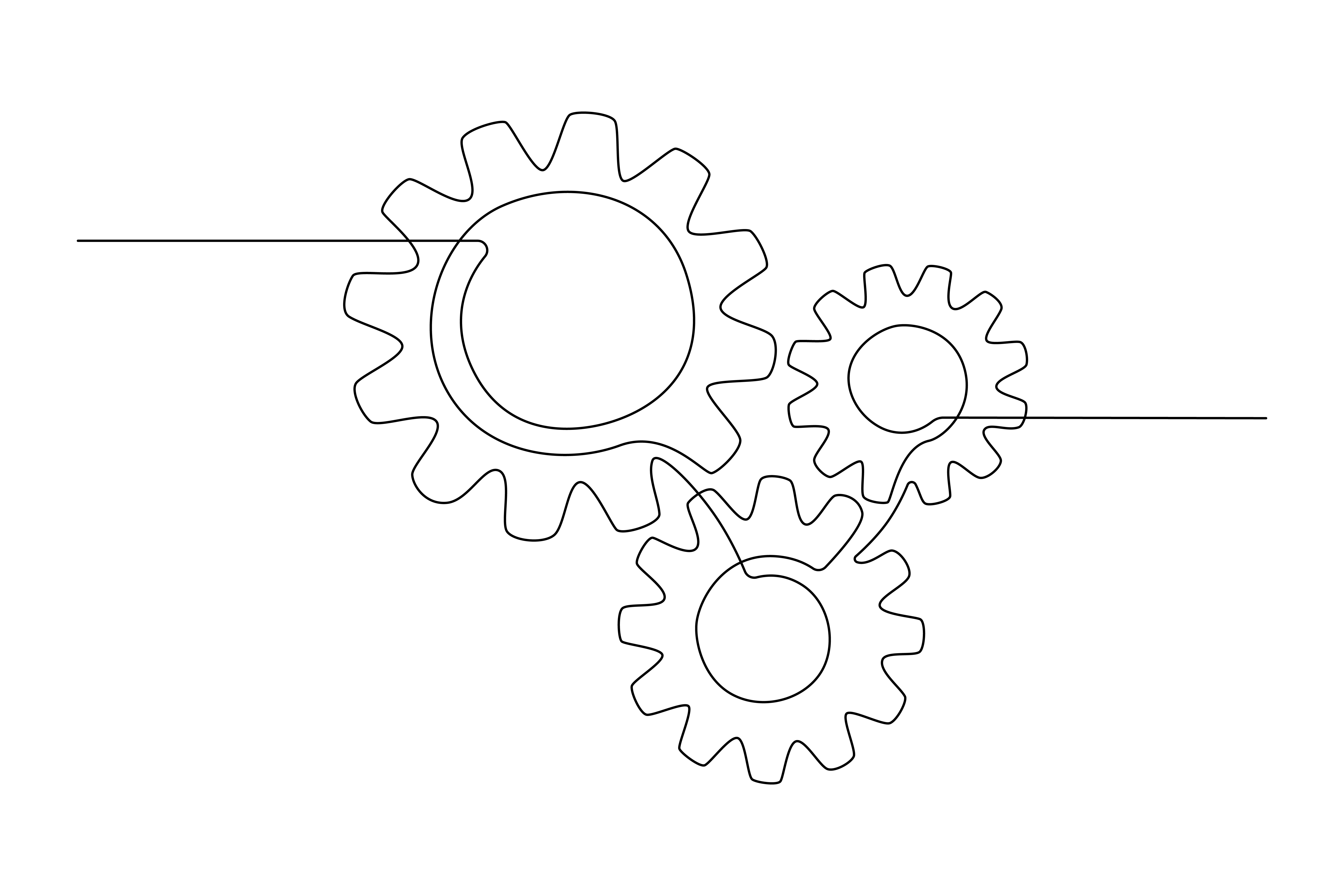The terms ‘teenagers’ and ‘adolescents’ are used interchangeably: perhaps ‘adolescent’ sounds more formal than ‘teenager’ or ‘teen’. But what do the terms refer to? I started by looking in the dictionary, expecting the definitions to be straightforward: teenagers / adolescents are described as young people between 13 and 19 years old. Yet it’s not as simple as that.

The World Health Organization places the start of adolescence as early as 10, while a recent study extends adolescence all the way from 10 to 24. On the other extreme, in some cultures adolescence covers a very short period of time. For example, in some ‘preindustrial societies … [adolescence was] generally around two years in girls and four in boys’, a brief training period for adulthood, roughly corresponding to the timing of puberty. While thinking this through, I was reminded of the sub-definitions: early, middle and late adolescence, with different timeframes, blurring the picture further. Looking back to our own adolescence, as adults, can we tell when exactly it started and when – or how – it ended?
Apart from time, how else can we understand adolescence? Change is key in the teenage years: adolescence is a ‘transitional phase of growth and development between childhood and adulthood’. The Latin word ‘adolescens’ is at the root of the word, referring to growing, being near maturity.
Change and development can take place underground, while other times they are unmistakable and quick: infancy, the toddler years, pregnancy, the menopause, old age – these are all periods that involve abrupt, sometimes shocking developmental shifts, robbing us of our illusion of permanence. Adolescence, maybe more than any other time, reminds us of the simple fact that human life equals change. I think we may want to avoid change; but with adolescents, change stares us in the face.
The changes in adolescence are multiple: the brain matures; physical appearance dramatically shifts. The adolescent’s social behaviour changes too. Stanley Hall described adolescence as a physical and psychosocial “rebirth”, while Adam Phillips reminds us that ‘in adolescence, often very movingly, we see the beginnings of people’s adult struggles with the real difficulties of living’. Like the birth of babies, the rebirth that adolescence represents contains equal parts hope and suffering.
When thinking of adolescence, I always think of paradoxes. Adolescents are not children. They are not adults. Are they both children and adults? Pregnancy is similar: a pregnant woman is not one person; yet she is not two people. Perhaps she is both. Or neither. The recent movie ‘Turning red’, about puberty, describes these paradoxes nicely: the main (13 year old) character goes to a concert with her friends, a ‘crucial rite of passage … She says to her friends, “We’re walking into that concert girls and coming out women.”
Of course paradoxes can unsettle us. Teenagers are often described as rebellious, thoughtless, risk taking. Some parents fear the adolescent years, expecting them to be a rollercoaster ride. This fear of adolescence may be partly to do with the inevitability of change, which involves loss, separation, and instability. But the flip side is that change also signifies growth, achievement, construction of new things and passion.
Cross-cultural variations in how we think of adolescence are worth looking at. In western countries we tend to focus on teenagers’ journey towards autonomy, individuation and self-sufficiency, the gradual separation from parents. But in many cultures adolescence is all about belonging and entering the community, now from a different position. For example, the Jewish Bar or Bat Mitzvah coming of age ceremonies celebrate the adolescent’s ability to now contribute to the wider community and conform to its obligations and expectations.
If we decide to accept – and even embrace – the paradoxes, uncertainties, changes and instability of adolescence, we may then notice the pleasures and opportunities this stage brings. I sometimes feel, with all the ‘doom and gloom’ in the media about teenagers, that we risk losing sight of what’s positive about adolescence – the resilience, imagination, energy, fun, the future focus. A beautiful poem by Khalil Gibran says it best: ‘their souls dwell in the house of tomorrow’.